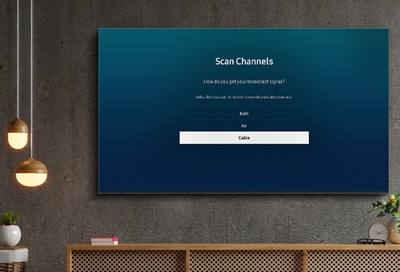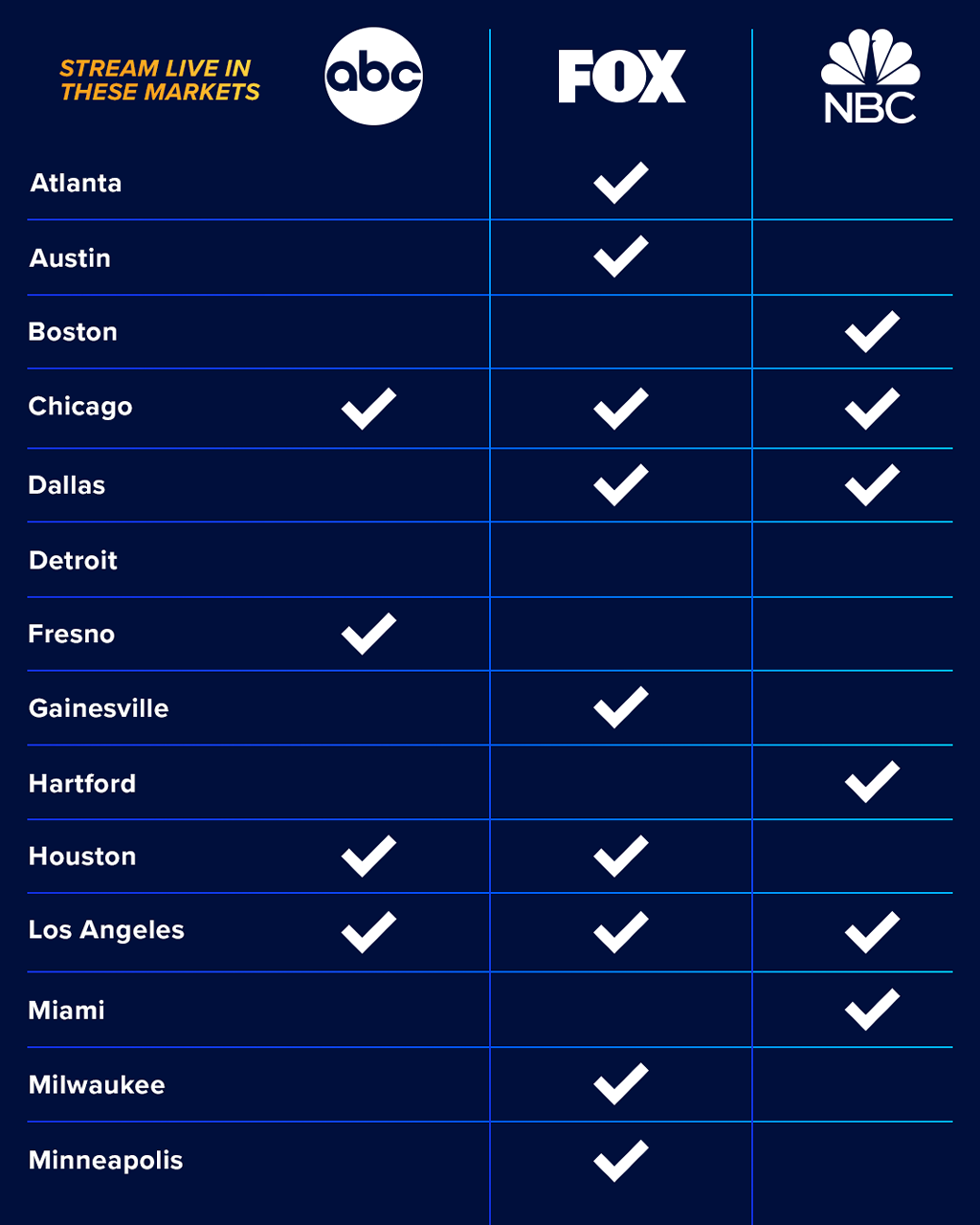Rumored Buzz on Apollo Group Tv
Rumored Buzz on Apollo Group Tv
Blog Article
5 Simple Techniques For Apollo Group Tv
Table of ContentsApollo Group Tv Can Be Fun For EveryoneThings about Apollo Group TvAll About Apollo Group TvOur Apollo Group Tv Diaries
In this situation, instead than having three-minute industrial places during a 30-minute television program, television programming may transform to one where a consumer will certainly be needed to have a monthly registration, to make sure that they cen view targeted banner ads. This kind of advertising and marketing currently happens online, and the quantity of data tv companies gather enables them to do similar.Discuss the impact of enrollers on program content. Define the significant patterns among the broadcasting and cord networks. When tv remained in its early stage, producers modeled the brand-new tool on radio. Popular radio shows such as authorities drama Dragnet and western cowboy collection Gunsmoke were adjusted for television, and new TV programs were funded by solitary advertisers, equally as radio shows had actually been.
Today, the television sector is even more complex. Programs are funded by several advertisers; shows is managed by major media conglomerates; and the 3 major networks no more control the airwaves however rather share their customers with various cable networks. A number of factors make up these patterns within the industry, consisting of technological developments, federal government policies, and the development of new networks.

What Does Apollo Group Tv Do?
Developed in 1969, (PBS) developed out of a record by the Carnegie Compensation on Educational Television, which analyzed the role of instructional, noncommercial television on society. Public tv was also planned to supply global access to television for visitors in rural areas or audiences that can not manage to pay for personal television services.
The period between 1950 and 1970 is traditionally identified as the. Other than a tiny section of airtime managed by public television, the 3 significant networks (understood as the Big 3) dominated the tv industry, jointly making up even more than 95 percent of prime-time watching. In 1986, Rupert Murdoch, the head of international firm News Corp, introduced the Fox network, testing the supremacy of the Big Three.
Targeting young and minority audiences with shows such as Buffy the Vampire Slayer, Moesha, Dawson's Creek, and The Wayans Bros., the brand-new networks wanted to attract terminals far from their old network associations. Nonetheless, instead of duplicating the success of Fox, UPN and WB battled to make an influence. Not able to attract several associate terminals, both new networks got to less households than their bigger rivals since they were unobtainable in some smaller cities.
This choice led the way for the development of cord movie networks, adding to the rapid development of cord in the 1980s and 1990s. apollo tv. More deregulation of cable in the 1984 Cable Television Communications Plan Act removed limitations on cable television rates, allowing operators to charge what they wanted for cord services as long as there was efficient competition to the service (a requirement that over 90 percent of all cable television markets might fulfill)
The 9-Minute Rule for Apollo Group Tv

Having actually produced the very first "superstation," Turner increased his world by establishing 24-hour information network CNN in 1980. At the end of the year, 28 nationwide shows services were readily available, and the cord change had begun. Over the next decade, the market went through a duration of fast development and popularity, and by 1994 customers could select from 94 fundamental and 20 costs wire solutions.
Number 9 - https://www.anyflip.com/homepage/pgmsn#About.16 Boosted competition from cord networks has triggered a steady decrease in the networks' target market ratings. Throughout the 1950s, the price of producing a solitary tv show raised as shows ended up being much longer and production expenses rose. Sponsorship on network tv shifted from solitary sponsorship, in which a program was totally supported and created by one marketer, to numerous sponsorship, in which advertisers purchased 1- or 2-minute areas on the program
Pick one of the Big 4 networks and publish out its once a week programming schedule. View the network's prime-time programs over the training course of a week, noting the target demographic for each show.
10 Simple Techniques For Apollo Group Tv

Linear TV, usually referred to as standard broadcast TV, incorporates cable and satellite television. It's called "direct" due to the fact that material complies with a fixed shows schedule, unlike on-demand web content which the see page individual viewer chooses to enjoy based upon their very own choices and timetable. When you ask, "What is straight Television?", consider it as the timeless means of seeing television that has actually been around for years.
Report this page